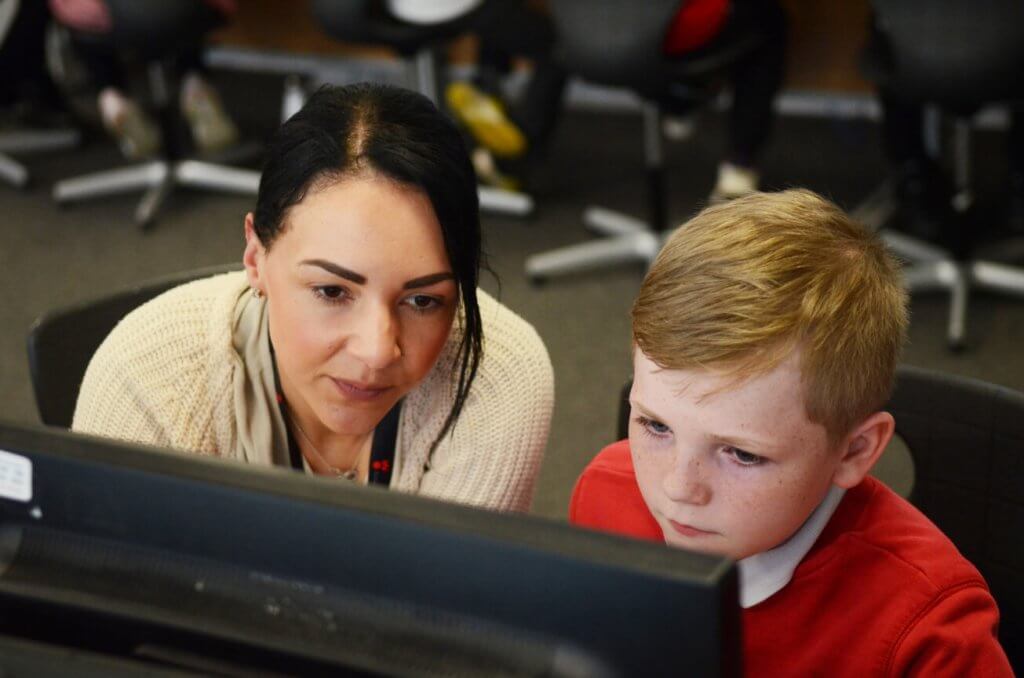Exclusions begin to return to pre-pandemic levels
Data published by the Department for Education (DfE) shows there were 3,100 permanent exclusions during the autumn term last year. This is equivalent to four pupils out of every 10,000. Whilst statistics for the full academic year will not be published until later this year, this data suggests that exclusions are rising back to pre-pandemic levels.
There were 3,200 exclusions in the autumn term of 2019, the last full term before Covid. During the pandemic, the exclusion rate plummeted as schools closed and moved to remote learning. Since then, exclusions have increased across all school types, with the majority taking place in secondary schools at 86%. Persistent disruptive behaviour was the most common reason given for exclusion, making up 49% of all cases, followed by physical assault against a pupil (23%) and verbal abuse or threatening behaviour against an adult (18%).
Suspensions have also risen, with 247,400 taking place last autumn. This is a 39% increase from autumn 2019. As with exclusions, persistent disruptive behaviour was the most common reason for suspension at 55%. Notably, almost half of all suspensions are for a single day or less.
Suspensions and exclusions are most common amongst pupils in Year 9 and 10. Boys are almost twice as likely to be suspended as girls, whilst the suspension rate for pupils on free school meals was more than four times that for their peers. Pupils with special education needs and disabilities (SEND) remain much more likely to be suspended or excluded than their classmates.
Experts call for more guidance on teaching digital media literacy
Earlier this year, the Department for Education (DfE) released guidance on filtering and monitoring standards in schools, as well as online safety in the curriculum through computing, citizenship and relationships, sex and health education (RSHE). However, experts have told the Education Select Committee that teachers require more ‘adequate training and sufficient quality resources’ to teach digital media literacy effectively.
As part of the inquiry, experts were called to give evidence on how screen time can impact children’s development, wellbeing, and educational outcomes. Research submitted by Internet Matters shows that 21% of children do not feel confident about staying safe online. Of those who do feel confident, nearly a quarter failed to identify a fake social media profile. Moreover, only 41% of children could identify the links at the top of the search engine results page as sponsored ads.
Reflecting on the challenge of promoting digital literacy skills, Carolyn Bunting MBE, CEO at Internet Matters, told ministers that ‘if we want to achieve anything at scale, it will have to be through schools.’ Vicki Shotbolt, CEO at Parent Zone, added that schools could play a role in shaping social norms around age-appropriate use of smartphones. However, they explained that there are currently 13 different documents relating to the issue, which leads to a fragmented approach across different schools. Instead, they call on the DfE to provide more clear and consolidated guidance on digital literacy and screen time.
Gender pay gap widens for secondary school leaders
This week, the nation marked Equal Pay Day on 22 November, the day in the year where women effectively, on average, stop earning relative to men. Organisations including the Association for School and College Leaders (ASCL), NAHT the school leaders’ union, the National Governance Association (NGA), and WomenEd have used this occasion as an opportunity to highlight the gender pay gap in education.
Their analysis shows that the pay gap between female and male headteachers in secondary schools has reached its widest point in 12 years, with women this year earning £3,908 less on average than their male counterparts. In primary education, the gender gap has continued to narrow, but women still earn £2,181 less on average.
The gender pay gap for school leaders begins to increase between the ages of 35-39, with the difference in average salaries more than doubling by the next age group (40-44), from £3,596 to £7,819. This year’s analysis also shows that the gap for school leaders aged 60 and above has reached an average of £15,961.
Paul Whiteman, general secretary of NAHT, says it is wrong to see these pay gaps in a profession with a female majority, explaining that ‘school leaders’ pay has been significantly eroded over the last decade and for female school leaders there is a further “double hit” caused by continued inequalities in the system.’
To tackle the gender pay gap, education organisations call on the government to review the equality implications of the current pay system, including the immediate removal of performance-related pay, as well as renewing or replacing the EDI Hub funding, which was discontinued in 2020. They also ask the government to provide greater support to mitigate systemic barriers to flexible working for all roles. This includes encouraging better sharing of caring responsibilities, for example through paternal leave, and improving data monitoring to allow monitoring of other pay gaps.
One Education is committed to ensuring school leaders, business managers and teachers have all the tools they need to grow in confidence and expertise.
Explore our services to find out how we can support you with every aspect of your provision, from safeguarding and inclusion, to IT training and HR solutions.
Our clerks can attend governing body exclusion panel meetings to offer expert procedural advice and guidance to governors and trustees to support fair, legally compliant and informed decision-making. Their minutes provide evidence that governors have appropriately considered the school/academy’s decision and prioritised the wellbeing of all pupils and the wider school community.
Having successfully supported over 70 meetings last year and 22 to date this year, our expert clerks can give you the confidence and reassurance that you need.
If this is something that could benefit your school, please get in touch.
Please complete the form below and we will get in contact as soon as we can to help you with your query.















